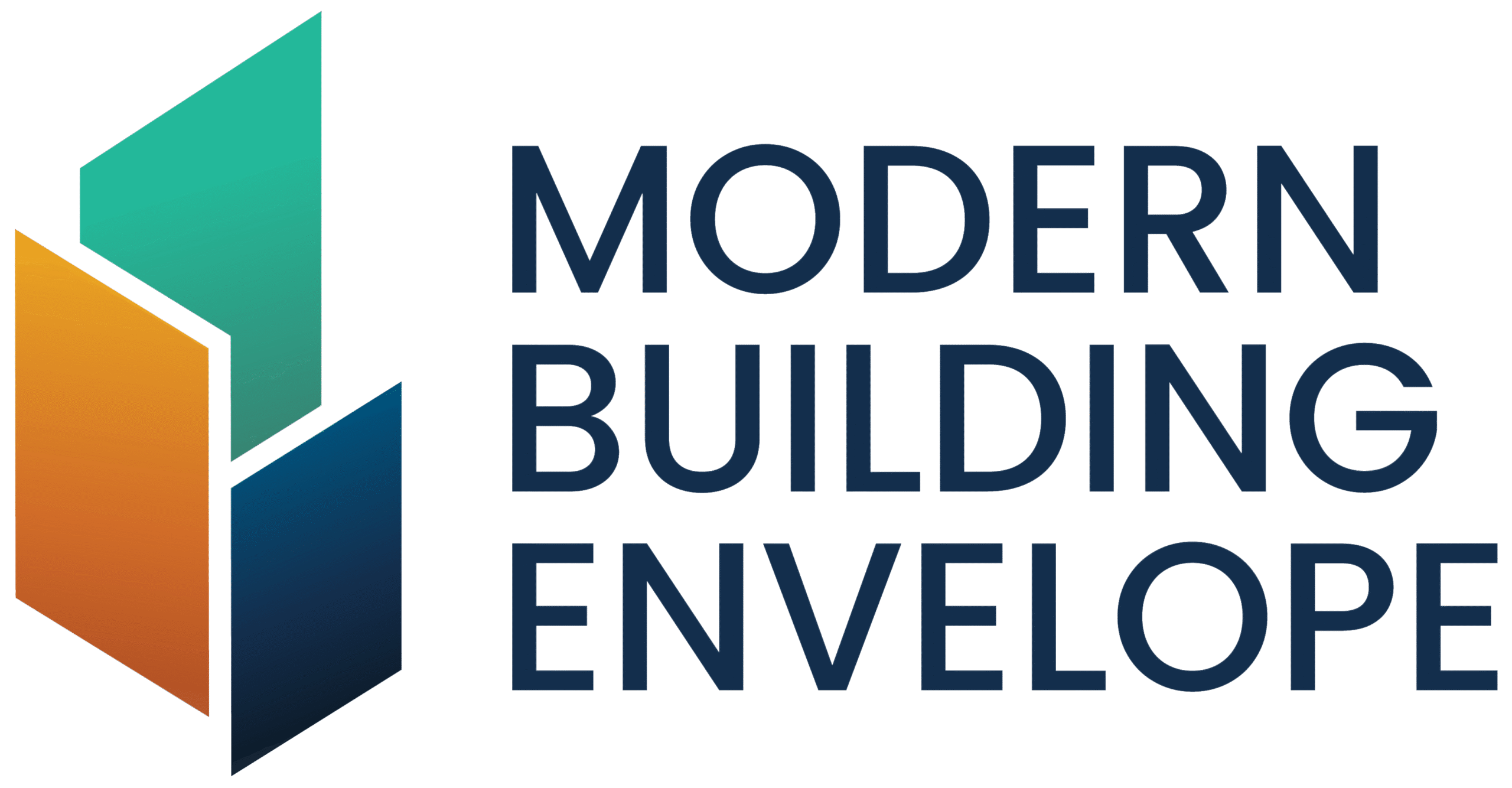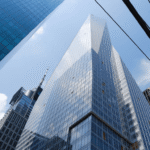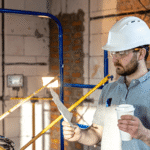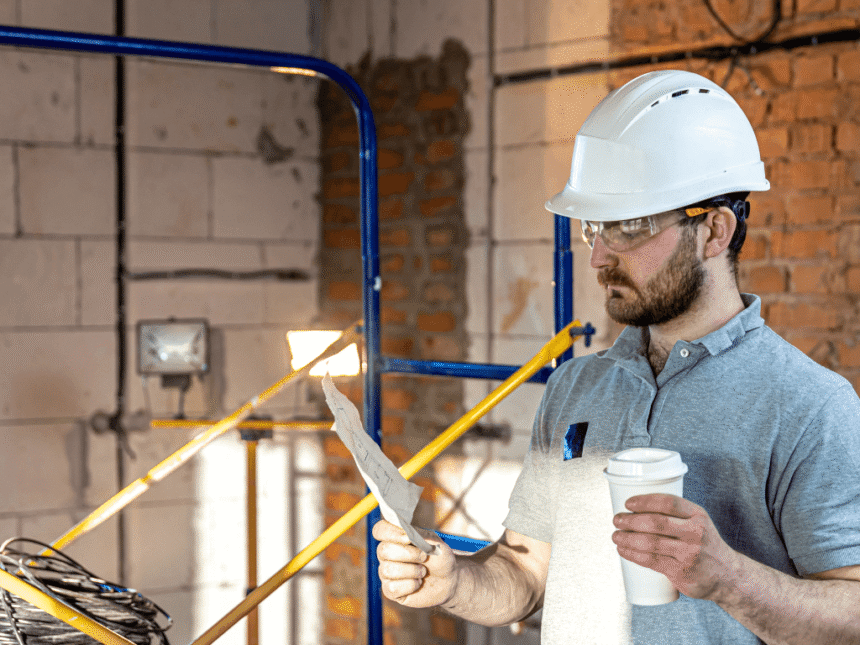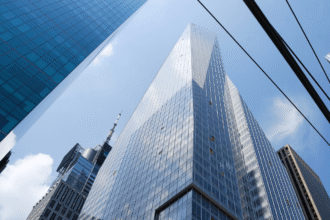Behind every durable structure lies a small but powerful element: the building sealant. Often overlooked, sealants play a crucial role in ensuring airtightness, waterproofing, and long-term structural integrity. Modern innovations in this area are transforming not only how buildings perform but also how they age, adapt, and sustain efficiency.
The Role of Sealants in Modern Construction
Sealants act as a flexible barrier between building materials, filling joints and gaps to prevent air, water, and dust infiltration. They are essential for maintaining comfort, reducing energy loss, and protecting structures from moisture damage.
Today’s construction standards demand more than basic sealing they require high-performance formulations that can withstand thermal expansion, UV exposure, and chemical stress for decades.
Recent Innovations in Sealant Technology
1. Silicone-Based Sealants
Silicone remains one of the most trusted materials in modern construction. It provides superior flexibility, UV resistance, and long-term durability. Unlike older formulas, new-generation silicones now offer low VOC content and faster curing times, aligning with green building standards.
2. Hybrid Polymer Sealants
Hybrid technologies combine the elasticity of silicone with the paintability and adhesion of polyurethane. These sealants are ideal for dynamic joints in façades, windows, and metal panels. They deliver outstanding adhesion without primers, even on difficult substrates like aluminum or glass.
3. Intumescent and Fire-Rated Sealants
Fire-rated sealants expand when exposed to high temperatures, forming an insulating char that slows heat transfer. This advancement enhances fire safety compliance, especially in high-rise and commercial buildings.
4. Self-Healing and Smart Sealants
Emerging self-healing materials automatically repair micro-cracks using embedded microcapsules or polymer networks. Smart sealants can even change properties in response to moisture or temperature, extending their lifespan and reducing maintenance.
5. Sustainable and Bio-Based Formulations
As sustainability becomes central to design, manufacturers are developing bio-based and recyclable sealants derived from renewable materials. These solutions reduce environmental impact while maintaining performance.
Impact on Construction Quality and Efficiency
Modern sealants contribute directly to a building’s energy performance and durability. By eliminating leaks and minimizing thermal bridging, they help maintain interior temperatures and reduce HVAC loads.
In façade systems, advanced sealants ensure structural movement is absorbed safely, preventing cracks and failures over time.
High-quality sealing also reduces long-term maintenance costs. Builders and facility managers benefit from extended warranties and improved building envelopes that meet both performance and aesthetic standards.
Testing and Performance Standards
Innovative sealants undergo rigorous testing under ASTM and ISO standards for adhesion, elongation, weathering, and joint movement capacity. This ensures consistency across diverse climates and materials.
For projects aiming for LEED or BREEAM certification, choosing the right sealant can contribute valuable points under material health and energy efficiency categories.
The Future of Sealants in Construction
Looking ahead, the next generation of sealants will integrate nanotechnology and data-driven performance tracking. Future formulations could include embedded sensors that monitor joint conditions, alerting maintenance teams before any failure occurs.
As buildings become smarter and more interconnected, sealants will continue to evolve acting not just as protectors of structure but as active contributors to energy performance and sustainability.
Image Credits: Freepik
